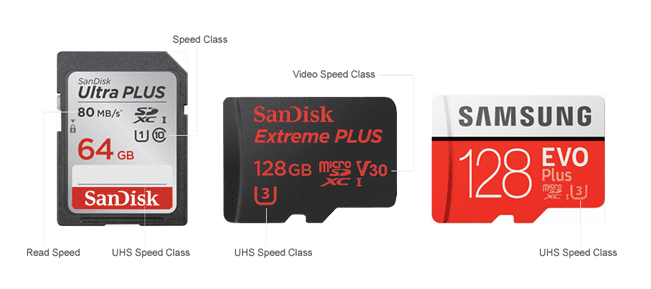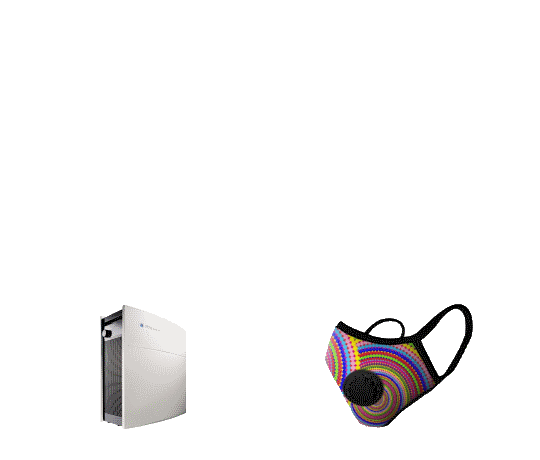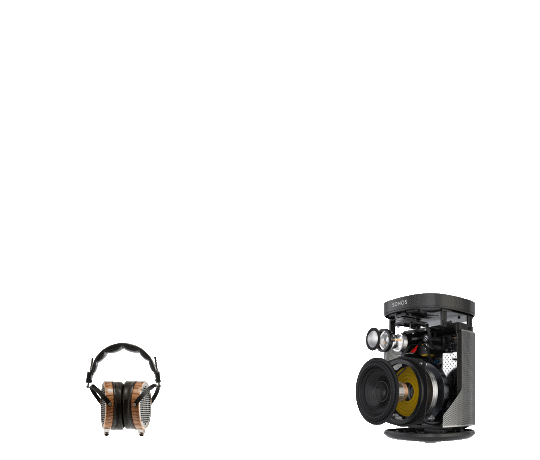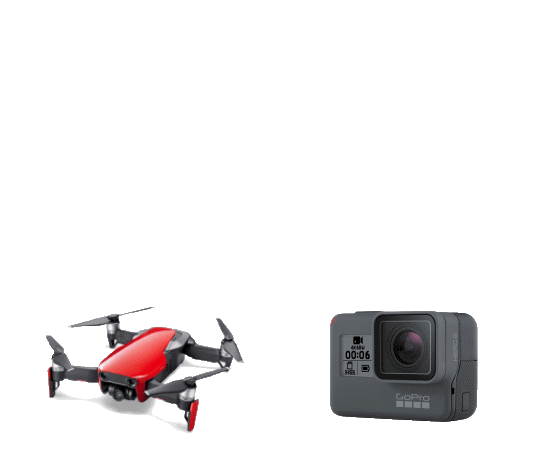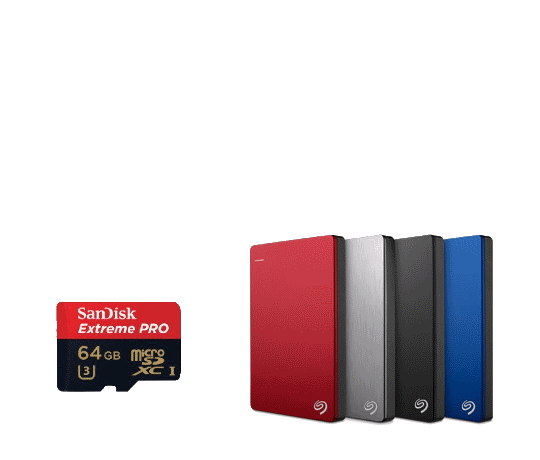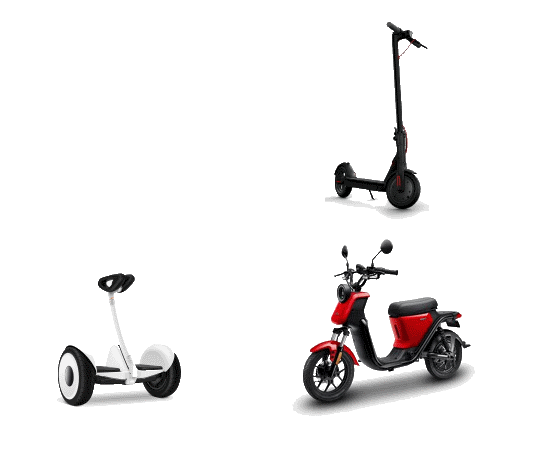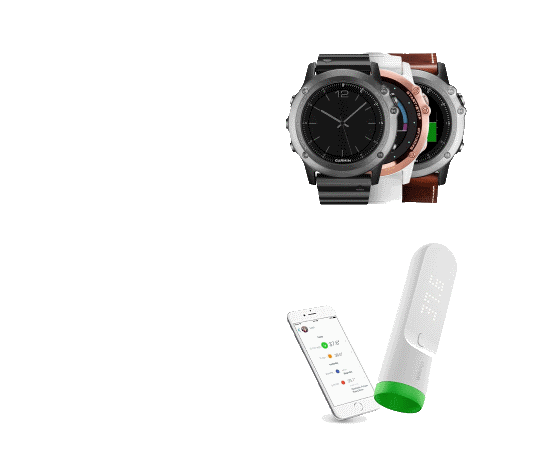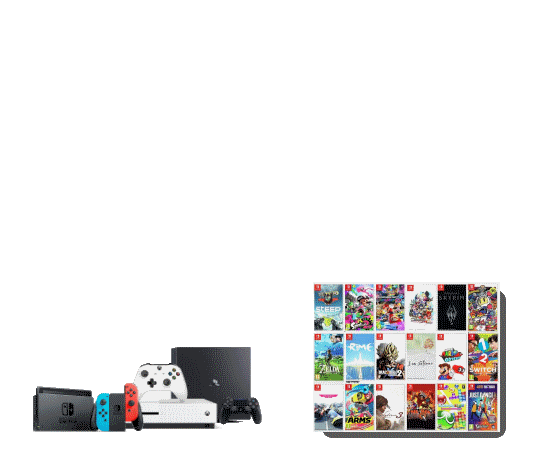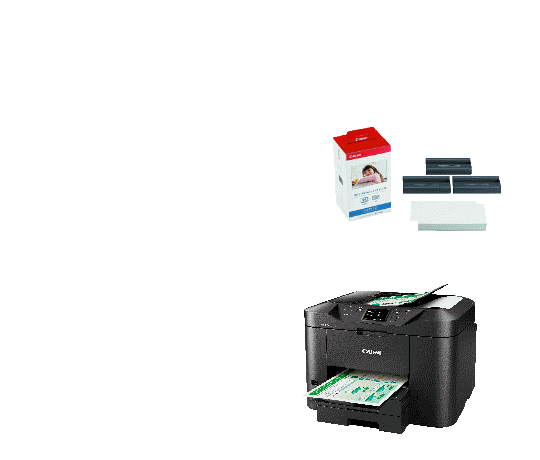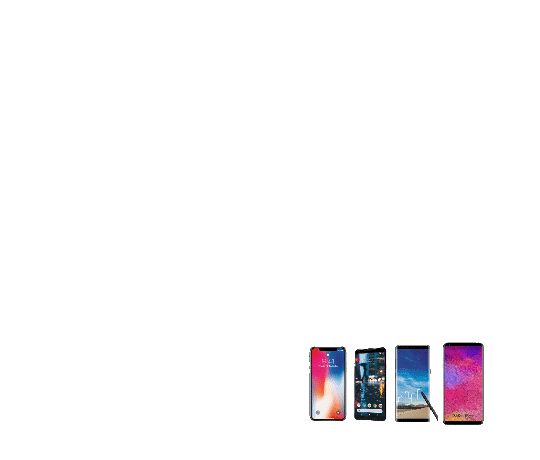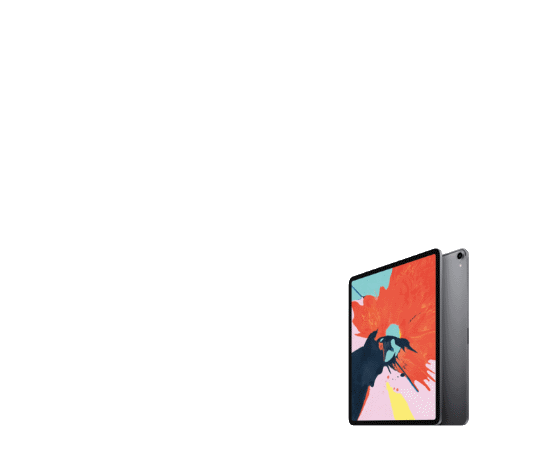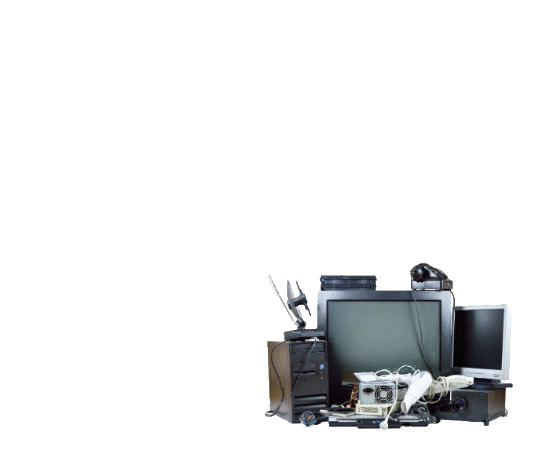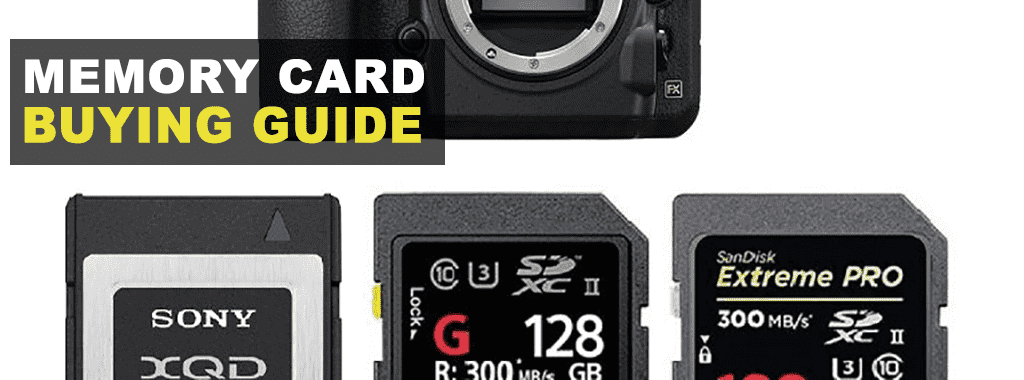
When capturing images and videos with your camera, camcorder, drone, or select mobile device, you may need a memory card. Memory cards act as storage for your devices, capturing photographs or even 4K Ultra HD video. The more complex your images or videos — such as shooting burst photographs, fast action shots or high-definition videos — the faster and larger your memory card needs to be. When shopping for the right memory card, you’ll want to make sure it is compatible, and has the capacity and speed to support your device.
Choosing the Right Memory Card
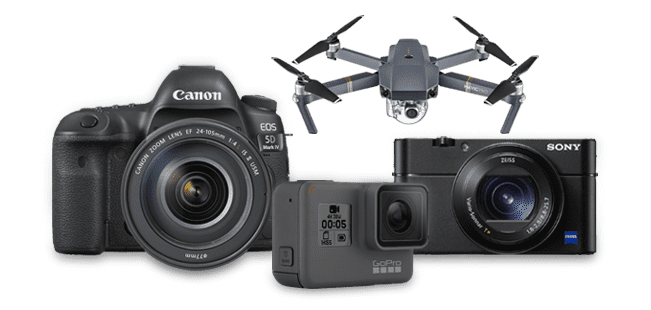
The most prominent factor in choosing a memory card is what device you’ll be using it in. Most devices have a specific set of memory cards that are compatible with them. A smartphone or tablet may have only one slot, while a higher-end DSLR or mirrorless camera can have several. Check your device or owner’s manual, and take note of what formats you’ll be able to choose from.
Once you know what formats you can pick from, you’ll want to think about what you’ll be using your device to do. Different tasks require varying amounts of card capacity and write speed (both explained below):
Basic Pictures and Data
If your smartphone, tablet or entry-level point-and-shoot camera has a memory card slot, you may opt to add a memory card to store your photos, videos, and other data like apps or music. In these cases, you will be more concerned about the card’s storage capacity than its speed. Though they are small, microSD cards can offer large capacities of 128GB and more. Whichever size card you’re interested in, you’ll want to make sure before you buy that your device will support that capacity.
Photos of Family, Friends and Fun
If you’re planning to store photos and videos on your memory card, you may need to consider write speed as well as capacity. If your photography needs are fairly basic, such as taking clear, quality pictures of family vacations or get-togethers, any average memory card, like a Speed Class 10, should provide sufficient speed and reliability. However, if you plan on taking video including 4K Ultra HD or HRD, you’ll require faster speed and more capacity.
Video and High-Speed Photos
Faster, more sophisticated cameras and camcorders, such as DSLR and mirrorless cameras, action cams, and even high-end point-and-shoot cameras have more capabilities that require different features from a memory card. HD, 4K Ultra HD, slow motion and high-speed burst shots require a lot faster speed and greater capacity from a memory card. To properly store these files, you’ll need cards with a higher write speed to keep up (see Write Speed below for more information). A memory card with higher write speeds will help prevent camera lag, recording failures and other performance issues. Larger memory card capacity will provide ample space for high-resolution photos and video so you won’t run out of memory when it matters most.
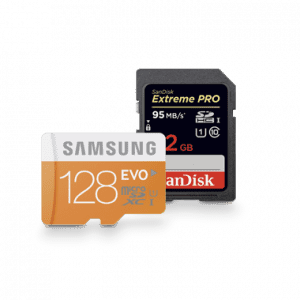
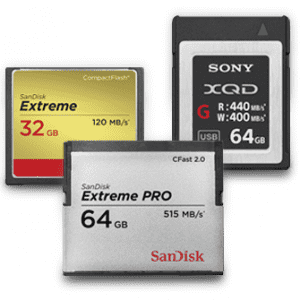

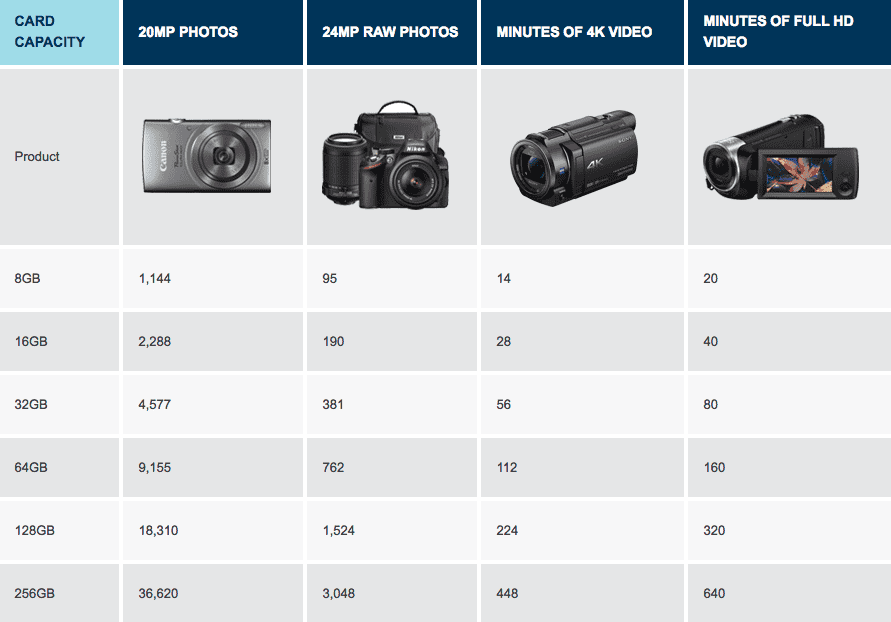

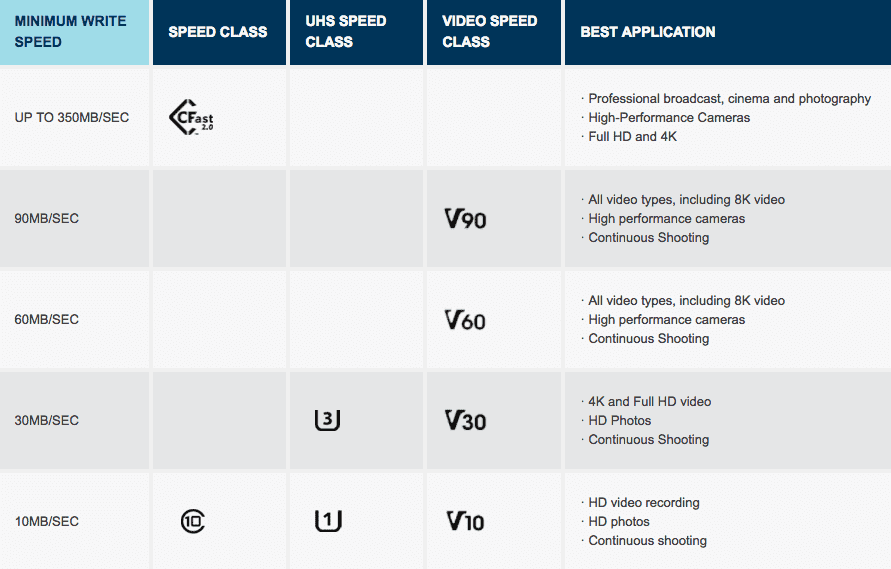
How to Determine Your Card’s Attributes
